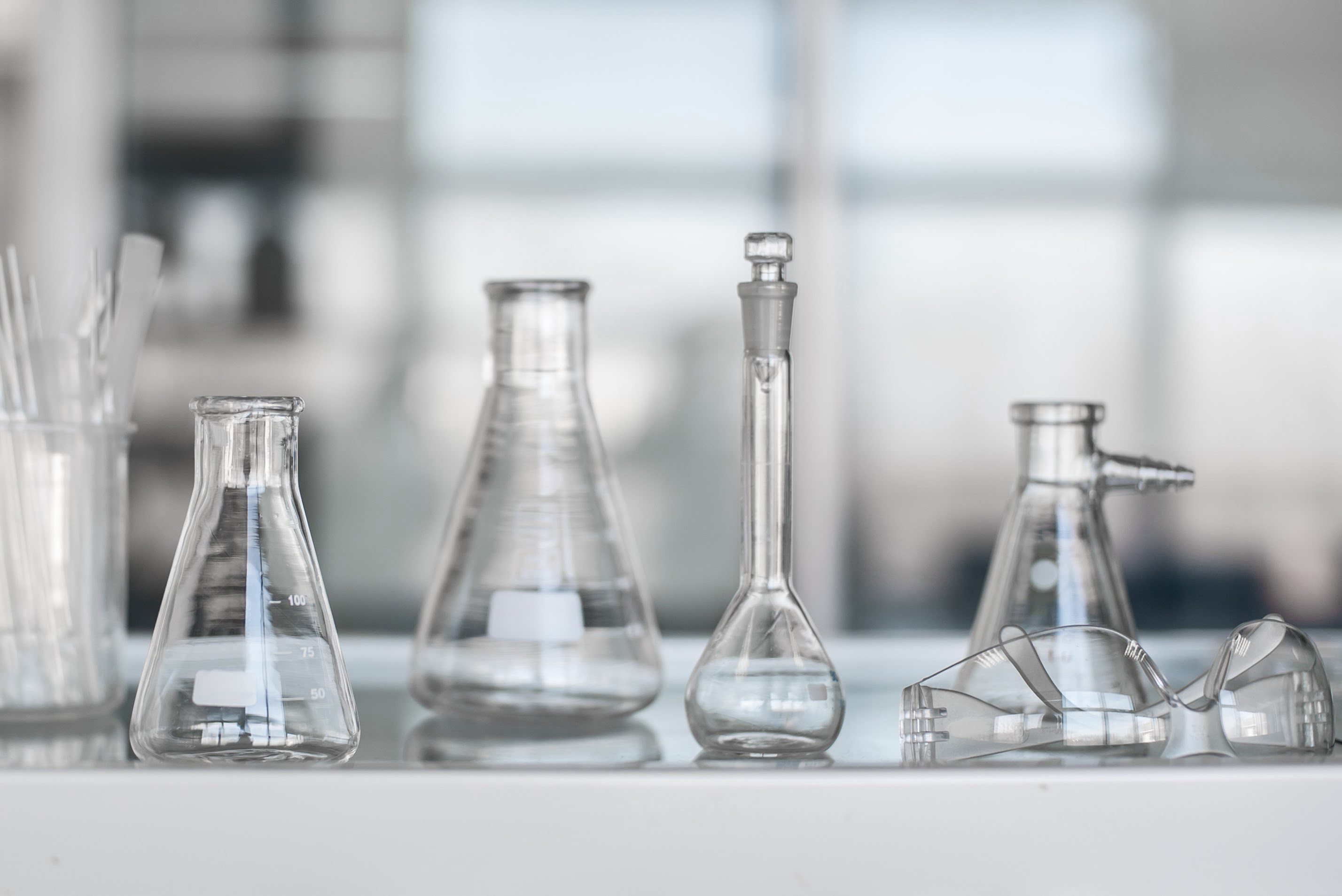

Tableware
Which Glassware Is Most Accurate
Modified: February 27, 2024
Discover which tableware is the most accurate with our comprehensive guide. Learn about the best glassware options for precise measurements.
(Many of the links in this article redirect to a specific reviewed product. Your purchase of these products through affiliate links helps to generate commission for Storables.com, at no extra cost. Learn more)
Introduction
Glassware is an essential component of any laboratory, used for a myriad of purposes, including measuring volumes of liquids accurately. However, not all glassware is created equal when it comes to accuracy. Different types of glassware have varying levels of precision and are suited for specific tasks. Understanding the accuracy of glassware is crucial to ensure reliable and precise experimental results.
In this article, we will explore the different types of glassware commonly used in laboratories and analyze their level of accuracy. We will also discuss the factors that can affect the accuracy of glassware and touch upon the importance of calibration and maintenance.
So, whether you’re a scientist, researcher, or simply curious about the accuracy of glassware, read on to discover which glassware is most accurate and how to ensure reliable measurements.
Key Takeaways:
- Choose the Right Glassware: From beakers to burettes, understanding the accuracy and limitations of each type of glassware is crucial for reliable and precise measurements in laboratory research and analysis.
- Calibration and Maintenance Matter: Regular calibration, proper maintenance, and adherence to best practices ensure the accuracy and longevity of glassware, contributing to reliable and repeatable experimental results.
Read more: Which Outdoor Thermometer Is Most Accurate
Overview of Glassware Accuracy
Accurate measurements are crucial in scientific experimentation and analysis. Glassware plays a vital role in achieving precise and reliable results. The accuracy of glassware refers to its ability to provide measurements that are close to the true value.
Various factors can affect the accuracy of glassware, such as its design, manufacturing process, and user technique. It is important to choose the appropriate type of glassware for specific tasks to ensure accurate measurements.
When it comes to accuracy, there are different categories of glassware that are commonly used in laboratories. These include beakers, graduated cylinders, volumetric flasks, pipettes, and burettes. Each type has its own level of accuracy, which we will explore in detail later in this article.
It is worth noting that the accuracy of glassware is typically expressed in terms of tolerance or error. Tolerance refers to the acceptable range of error for a particular piece of glassware. For example, a beaker with a tolerance of ±5% means that its measurements can deviate by up to 5% from the true value.
Accurate measurements are particularly important when precise volumes are needed, such as in titrations or when preparing solutions with specific concentrations. Choosing the most accurate glassware for these tasks can significantly impact the outcome of experiments and analytical procedures.
Now that we have a general understanding of glassware accuracy, let’s delve into the different types of glassware and their respective levels of precision.
Types of Glassware Used in Laboratories
Laboratories rely on a variety of glassware to perform experiments and measurements accurately. Each type of glassware is designed for specific purposes and offers different levels of accuracy. Let’s explore some commonly used types of glassware in laboratories:
1. Beakers: Beakers are cylindrical-shaped containers with a flat bottom and a spout for easy pouring. They are often used for general mixing, stirring, and heating of liquids. However, beakers are not the most accurate glassware for measuring precise volumes as they typically have wide tolerances, ranging from 5% to 10%.
2. Graduated Cylinders: Graduated cylinders, also known as measuring cylinders, have a narrow cylindrical shape with calibrated markings on the side to indicate volume. They are commonly used for measuring and transferring liquids. Graduated cylinders offer greater accuracy compared to beakers, with tolerances typically ranging from 1% to 2%.
3. Volumetric Flasks: Volumetric flasks are designed to accurately measure a specific volume of liquid. They have a flat bottom and a long neck with a precise calibration mark at the neck’s base. Volumetric flasks are used for making solutions with precise concentrations. They are highly accurate, with tolerances usually ranging from 0.1% to 0.01%.
4. Pipettes: Pipettes come in various forms, including volumetric pipettes, transfer pipettes, and micropipettes. They are used to extract and transfer precise volumes of liquids. Volumetric pipettes provide the highest accuracy among pipettes, with tolerances typically ranging from 0.1% to 0.01%. Micropipettes offer even greater precision for small volume measurements, with tolerances in the range of 0.2% to 0.01%.
5. Burettes: Burettes are long, cylindrical glass tubes with a controlled valve at the bottom. They are primarily used in titrations to deliver precise volumes of a titrant to a solution. Burettes offer high accuracy, with tolerances ranging from 0.05% to 0.01%.
Each type of glassware serves a specific purpose in a laboratory setting, with varying degrees of accuracy. Choosing the appropriate glassware depends on the specific measurement requirements of the experiment or procedure at hand.
Understanding the accuracy and limitations of each type of glassware is crucial in obtaining reliable and precise results in scientific research and analysis. It is also important to consider other factors that can affect the accuracy of glassware, such as temperature, cleanliness, and technique, which we will discuss in the following sections.
Beakers
Beakers are among the most commonly used glassware in laboratories. They are cylindrical-shaped containers with a flat bottom and a spout for easy pouring of liquids. Beakers are versatile and are often used for general mixing, stirring, and heating of substances. However, when it comes to accurate volume measurements, beakers have limitations.
Beakers are not designed with precise volume markings or calibration marks. They typically have graduations or volume indications that are approximate. As a result, beakers are not the most accurate glassware for measuring precise volumes of liquids.
The accuracy of beakers is typically expressed in terms of tolerance, which refers to the acceptable range of error for their measurements. The tolerance of beakers can range from 5% to 10%. For example, if a beaker has a 100 mL mark, the actual volume in the beaker can vary by 5 mL to 10 mL.
Given their wide tolerances, beakers are more suitable for qualitative experiments or rough estimations rather than precise measurements. They are often used for initial mixing of substances, preparing solutions in bulk, or holding samples during various stages of an experiment.
Despite their relatively lower accuracy for precise measurements, beakers are valued for their ease of use and durability. They can withstand high temperatures and are resistant to most chemicals, making them ideal for heating and reacting substances.
When working with beakers, proper technique is essential to minimize errors. It is important to ensure that the liquid is at eye level when reading or measuring from a beaker. Additionally, pouring techniques should be practiced to minimize spillage and ensure accurate transfers.
In summary, beakers are versatile and commonly used in laboratories for general purposes. However, due to their approximate measurements and wide tolerances, they are not the most accurate glassware for precise volume measurements. When precise measurements are required, it is advisable to use more accurate glassware such as graduated cylinders, volumetric flasks, pipettes, or burettes.
Graduated Cylinders
Graduated cylinders, also known as measuring cylinders, are widely used in laboratories for measuring and transferring liquids. They have a narrow cylindrical shape with calibrated markings on the side to indicate volume. Graduated cylinders are more accurate than beakers when it comes to measuring precise volumes, making them a preferred choice for quantitative experiments.
The accuracy of graduated cylinders is typically expressed in terms of tolerance, which refers to the acceptable range of error for their measurements. Graduated cylinders usually have tolerances ranging from 1% to 2%. For example, if a 100 mL graduated cylinder has a tolerance of 1%, the actual volume can vary by ±1 mL.
Graduated cylinders provide clear and visible markings, making it easier to read and measure the volume of liquids. They come in various sizes, ranging from small capacities of a few milliliters to larger capacities of several liters, to accommodate different measurement requirements.
When using a graduated cylinder, it is important to ensure that the liquid is leveled at eye level to accurately read the volume. The bottom of the meniscus, the curve formed by the liquid’s surface, should be precisely aligned with the graduation lines for accurate measurements.
Graduated cylinders are suitable for various laboratory applications, including the preparation of solutions, measuring volumes for chemical reactions, and titrations. They offer better accuracy compared to beakers but should not be considered as the most precise glassware for accurate volume measurements.
It is worth noting that the accuracy of graduated cylinders can be affected by factors such as temperature, cleanliness, and technique. Graduated cylinders should be clean and free from any residue or contaminants that might alter the accuracy of the measurements. Additionally, temperature variations can cause expansion or contraction of the liquid, affecting the volume measurements in the graduated cylinder. Therefore, it is important to take these factors into consideration for more accurate results.
In summary, graduated cylinders are widely used in laboratories for measuring and transferring volumes of liquids. They provide better accuracy compared to beakers and are suitable for a wide range of applications. However, for even more precise measurements, other glassware such as volumetric flasks, pipettes, or burettes should be considered.
Read more: What Mirrors Are Most Accurate
Volumetric Flasks
Volumetric flasks are specialized glassware designed to accurately measure a specific volume of liquid. They have a flat bottom and a long neck with a precise calibration mark at the neck’s base. Volumetric flasks are commonly used in laboratories for preparing solutions with precise concentrations.
The accuracy of volumetric flasks is significantly higher compared to beakers and graduated cylinders. They offer precise and reliable measurements, making them essential for quantitative experiments and analytical procedures. Volumetric flasks typically have tolerances ranging from 0.1% to 0.01%, depending on the specific volume capacity.
One of the key features of volumetric flasks is their precise calibration mark, also known as the “bulb.” This mark indicates the exact volume of liquid it can hold when filled up to the mark. It is essential to prepare the solution by adding the reagent to the flask and carefully filling it up to the calibration mark. The accuracy of the measurement relies on filling the flask precisely up to the mark.
Due to their high accuracy, volumetric flasks are commonly used in tasks that require precise volume measurements, such as preparing standard solutions, diluting samples, and accurate titrations. They are available in various sizes, with capacities ranging from a few milliliters to several liters.
When using a volumetric flask, it is crucial to handle it with care to maintain its accuracy. The liquid should be mixed thoroughly by gently swirling the flask. It is also important to ensure that the liquid is leveled at the calibration mark by adjusting the meniscus, the curved surface of the liquid, to accurately read the volume.
Proper cleaning and maintenance are crucial for maintaining the accuracy of volumetric flasks. They should be cleaned thoroughly after each use with appropriate cleaning agents and rinsed with distilled water to remove any residue. Additionally, regular calibration and verification of volumetric flasks are recommended to ensure their accuracy over time.
In summary, volumetric flasks are highly accurate glassware used in laboratories for precise volume measurements. They are essential for preparing solutions with precise concentrations and are commonly used in quantitative experiments and analytical procedures. Their precise calibration marks and careful handling ensure reliable and accurate measurements.
When choosing glassware for accurate measurements, look for those with a uniform shape and clear calibration markings. Borosilicate glass is a good choice for its durability and resistance to thermal shock.
Pipettes
Pipettes are essential glassware used in laboratories for extracting and transferring precise volumes of liquids. They come in various forms, including volumetric pipettes, transfer pipettes, and micropipettes. Pipettes provide high accuracy and repeatability, making them indispensable for quantitative analysis and precise measurements.
Volumetric pipettes are designed to dispense a specific volume of liquid accurately. They have a single graduation mark near the top and a bulbed or tapered end for controlled suction and release of the liquid. Volumetric pipettes offer the highest level of accuracy among pipettes, with tolerances typically ranging from 0.1% to 0.01%.
Transfer pipettes, also known as Pasteur pipettes, are used for general liquid transfer. They have a straight glass tube with a narrow tip and a rubber or silicone bulb for suction. While transfer pipettes provide convenience and flexibility for transferring liquids, their accuracy may vary, and they are not as precise as volumetric pipettes.
Micropipettes, on the other hand, are specialized pipettes used for measuring small volumes with high precision. They are commonly used in molecular biology, biochemistry, and other fields where accurate small volume measurements are necessary. Micropipettes can measure volumes as low as microliters (µL) with tolerances ranging from 0.2% to 0.01%.
Using pipettes requires proper technique and careful calibration. It is essential to align the meniscus with the calibration mark precisely when using volumetric pipettes and transfer pipettes for accurate measurements. When using micropipettes, it is crucial to select the appropriate volume setting and handle them with care to prevent any mechanical inaccuracies.
Pipettes are commonly used in various laboratory processes, such as titrations, sample preparation, and chemical analyses. They provide excellent accuracy and repeatability, allowing researchers to achieve precise and consistent results.
Regular maintenance and calibration are important for ensuring the accuracy of pipettes. Cleaning and calibrating the pipettes regularly, following the manufacturer’s instructions, help maintain their accuracy and prolong their lifespan.
In summary, pipettes play a crucial role in laboratories for precise volume measurements. Volumetric pipettes provide the highest accuracy, while transfer pipettes offer convenience for general liquid transfers. Micropipettes are ideal for measuring small volumes with high precision. Understanding and practicing proper pipetting techniques, along with regular calibration and maintenance, ensure reliable and accurate measurements in scientific research and analysis.
Burettes
Burettes are long, narrow glass tubes with a precise manual control valve at the bottom. They are commonly used in laboratory settings, especially in titrations, to deliver precise volumes of a titrant to a solution. Burettes offer high accuracy and precision, making them an essential tool for quantitative analysis and precise measurements.
The accuracy of burettes is expressed in terms of tolerance, which refers to the acceptable range of error for their measurements. Burettes typically have tolerances ranging from 0.05% to 0.01%. This means that the measurements from a burette can deviate by only a small percentage from the true value.
Burettes are designed with precise markings along their length, allowing for precise volume measurements. They often have 0.1 mL or even 0.05 mL graduations, making it possible to read the volume to a high degree of accuracy. The meticulous design of burettes enables precise control of the volume being delivered and allows for accurate titrations.
When using a burette, it is important to handle it with care to avoid air bubbles or leaks that could affect the accuracy of the measurement. The burette should be clean, properly filled, and leveled at eye level to ensure accurate readings.
In addition to titrations, burettes find applications in other laboratory procedures that require precise volume measurements, such as complex chemical analyses and precise solution preparations. They provide researchers with the ability to add small, controlled amounts of liquid to achieve accurate and repeatable results.
Proper maintenance and regular calibration are essential for maintaining the accuracy of burettes. Cleaning the burette thoroughly after each use and performing regular checks and calibrations help ensure reliable and accurate measurements.
In summary, burettes are highly precise glassware used in laboratories for measuring and delivering precise volumes of liquids. With their high levels of accuracy and precise markings, they are well-suited for titrations and other applications that require precise volume control. By following proper handling techniques and regular maintenance, burettes can provide researchers with reliable and accurate measurements for their experiments and analyses.
Comparison of Accuracy among Glassware Types
When it comes to accuracy, not all glassware is created equal. Different types of glassware have varying levels of precision and are suited for specific tasks. Let’s compare the accuracy among the commonly used glassware types in laboratories:
- Beakers: Beakers are versatile vessels used for general mixing and heating of substances. However, they are not designed for accurate volume measurements and have wide tolerances ranging from 5% to 10%. Beakers are more suitable for qualitative experiments or rough estimations rather than precise measurements.
- Graduated Cylinders: Graduated cylinders offer better accuracy compared to beakers. They have calibrated markings along their length, allowing for more precise volume measurements. Graduated cylinders typically have tolerances ranging from 1% to 2%. They are commonly used for measuring and transferring liquids in various laboratory applications.
- Volumetric Flasks: Volumetric flasks are highly accurate glassware designed for preparing solutions with precise concentrations. They have precise calibration marks at their neck’s base, offering tolerances ranging from 0.1% to 0.01%. Volumetric flasks are the go-to choice when precise volume measurements are crucial to the experiment or procedure.
- Pipettes: Pipettes provide high accuracy and precision for extracting and transferring liquid volumes. Volumetric pipettes offer the highest level of accuracy among pipettes, with tolerances ranging from 0.1% to 0.01%. Micropipettes excel in measuring small volumes with tolerances in the range of 0.2% to 0.01%. Pipettes are vital in achieving accurate and repeatable results in quantitative analysis and precise measurements.
- Burettes: Burettes are designed for precise volume control, especially in titrations. They have precise markings along their length and offer high accuracy, with tolerances ranging from 0.05% to 0.01%. Burettes allow researchers to deliver precise volumes and achieve accurate results in complex chemical analyses and titration procedures.
From this comparison, it is evident that the accuracy of glassware increases from beakers to graduated cylinders, volumetric flasks, pipettes, and finally to burettes. The choice of glassware depends on the specific requirements of the experiment or procedure and the level of accuracy needed.
It is important to note that accuracy is not the only factor to consider when choosing glassware. Other factors, such as the task at hand, the volume range needed, and the ease of use, should also be taken into consideration. Selecting the appropriate glassware is essential to ensure reliable and precise measurements in laboratory research and analysis.
Factors Affecting Glassware Accuracy
Several factors can impact the accuracy of glassware measurements in the laboratory. Understanding and managing these factors are crucial for obtaining reliable and precise results. Let’s explore the key factors that can affect the accuracy of glassware:
- Temperature: Temperature variations can affect the accuracy of glassware measurements, particularly for volumetric and graduated glassware. Thermal expansion or contraction of the liquid can lead to volume discrepancies. It is important to perform measurements at a consistent temperature or use temperature-controlled environments when precise measurements are required.
- Cleanliness: Residue or contaminants on the glassware can introduce errors and affect the accuracy of measurements. Glassware should be cleaned thoroughly after each use using appropriate cleaning agents and rinsed with distilled water. Proper cleaning ensures accurate and reliable measurements without interference from previous substances.
- Technique: The skill and technique employed when using glassware can impact accuracy. Proper handling, including aligning the meniscus with calibration marks, ensuring adequate mixing, and avoiding air bubbles, is essential for precise measurements. Proper training and practice in using glassware can improve technique and increase accuracy.
- Instrument Calibration: Regular calibration of glassware is essential to ensure accuracy. Over time, glassware may experience wear and tear or slight variations in its measurements. Performing periodic calibration checks and adjustments help maintain the accuracy of the glassware. Calibration ensures that the glassware remains within acceptable tolerances and provides reliable measurements.
- Material Quality: The quality of the glassware itself can affect accuracy. Inferior materials, manufacturing defects, or imprecise calibration marks can introduce errors in measurements. It is important to choose glassware from reputable manufacturers and ensure that it meets relevant quality standards for accurate results.
- User Error: Human error can also impact the accuracy of the glassware measurements. Factors such as misjudging the meniscus, improper technique, or incorrect reading of calibration markings can introduce errors. Proper training, attention to detail, and vigilance can help reduce user error and improve accuracy.
By understanding and managing these factors, researchers and laboratory personnel can minimize errors and improve the accuracy of their glassware measurements. Taking proper precautions, such as controlling temperature, maintaining cleanliness, following correct techniques, calibrating instruments, and ensuring high-quality glassware, contributes to obtaining reliable and precise experimental results.
It is important to remember that no glassware is entirely immune to these factors. Careful consideration of these factors and appropriate measures taken to mitigate potential errors will contribute to more accurate and reliable measurements in the laboratory.
Calibration and Maintenance of Glassware
Proper calibration and maintenance of glassware are essential to ensure accurate and reliable measurements in the laboratory. Over time, glassware can experience wear and tear, affecting its accuracy. Here are some key considerations for the calibration and maintenance of glassware:
- Calibration: Regular calibration is crucial to verify the accuracy of glassware and adjust it if necessary. Calibration involves comparing the measurements of the glassware against known standards to determine any deviations. This ensures that the glassware remains within acceptable tolerances, providing reliable and accurate measurements. Calibration should be performed periodically or as recommended by the manufacturer or regulatory guidelines.
- Calibration Standards: Calibration of glassware requires the use of appropriate calibration standards. These standards should have a known accuracy and traceability to recognized national or international measurement standards. The calibration standards should be regularly checked and calibrated themselves to maintain their accuracy.
- Calibration Procedure: Each type of glassware has its own calibration procedure, which should be followed precisely. The calibration procedure typically involves comparing the measurement of the glassware to the calibration standard using appropriate techniques and instruments. The measurements should be recorded accurately for analysis and adjustment if necessary.
- Maintenance: Regular maintenance of glassware helps ensure its longevity and accuracy. Glassware should be cleaned thoroughly after each use with suitable cleaning agents to remove residues or contaminants. It is important to handle glassware with care to prevent damage or scratches that could affect its accuracy. Inspecting glassware for any signs of wear, such as faint or damaged calibration marks, is necessary to identify when maintenance or calibration is required.
- Documentation and Records: Maintaining proper documentation and records of calibration and maintenance activities is essential. Records should include calibration dates, calibration standards used, adjustments made (if any), and the identity of the personnel responsible for the calibration. This documentation helps track the history and traceability of the glassware and provides evidence of compliance with quality control standards.
- Training and Personnel: Proper training should be provided to laboratory personnel on the calibration and maintenance procedures of glassware. Training ensures that personnel understand the importance of accurate measurements, how to handle glassware correctly, and the procedures for calibration and maintenance. Well-trained personnel contribute to maintaining the accuracy and reliability of the glassware.
Adhering to proper calibration and maintenance practices for glassware is crucial for obtaining accurate and reliable results in the laboratory. Routine calibration checks, using appropriate calibration standards, careful maintenance, and diligent record-keeping contribute to the longevity and accuracy of glassware. By following these practices, laboratory personnel can have confidence in the measurements obtained from glassware and ensure the integrity of their experiments and analyses.
Conclusion
Glassware is an integral part of laboratory work, and understanding its accuracy is crucial for obtaining reliable and precise results. Different types of glassware offer varying levels of accuracy, making them suitable for specific tasks in the laboratory.
Beakers, although versatile, are not designed for precise volume measurements and have wider tolerances. Graduated cylinders provide better accuracy with calibrated markings, making them suitable for general measurements. Volumetric flasks offer high precision for preparing solutions with precise concentrations, while pipettes allow for extracting and transferring precise volumes of liquids. Burettes excel in precise volume control, especially during titrations.
Several factors can affect the accuracy of glassware, including temperature fluctuations, cleanliness, user technique, instrument calibration, and material quality. By considering these factors and properly mitigating their impact, accurate measurements can be achieved.
Regular calibration and maintenance of glassware are essential to ensure accuracy. Performing periodic calibration, using appropriate calibration standards, and maintaining cleanliness help maintain the accuracy of glassware over time. Documentation of calibration and maintenance activities is crucial for traceability and compliance with quality control standards.
In conclusion, choosing the appropriate glassware for specific laboratory tasks and understanding its accuracy is crucial for obtaining reliable and precise measurements. Proper handling, calibration, and maintenance of glassware are fundamental in ensuring accurate and repeatable experimental results.
By employing the right glassware, following proper techniques, and adhering to calibration and maintenance procedures, researchers and laboratory personnel can confidently rely on the accuracy of glassware to facilitate their scientific endeavors and contribute to advancements in various fields of study.
Frequently Asked Questions about Which Glassware Is Most Accurate
Was this page helpful?
At Storables.com, we guarantee accurate and reliable information. Our content, validated by Expert Board Contributors, is crafted following stringent Editorial Policies. We're committed to providing you with well-researched, expert-backed insights for all your informational needs.
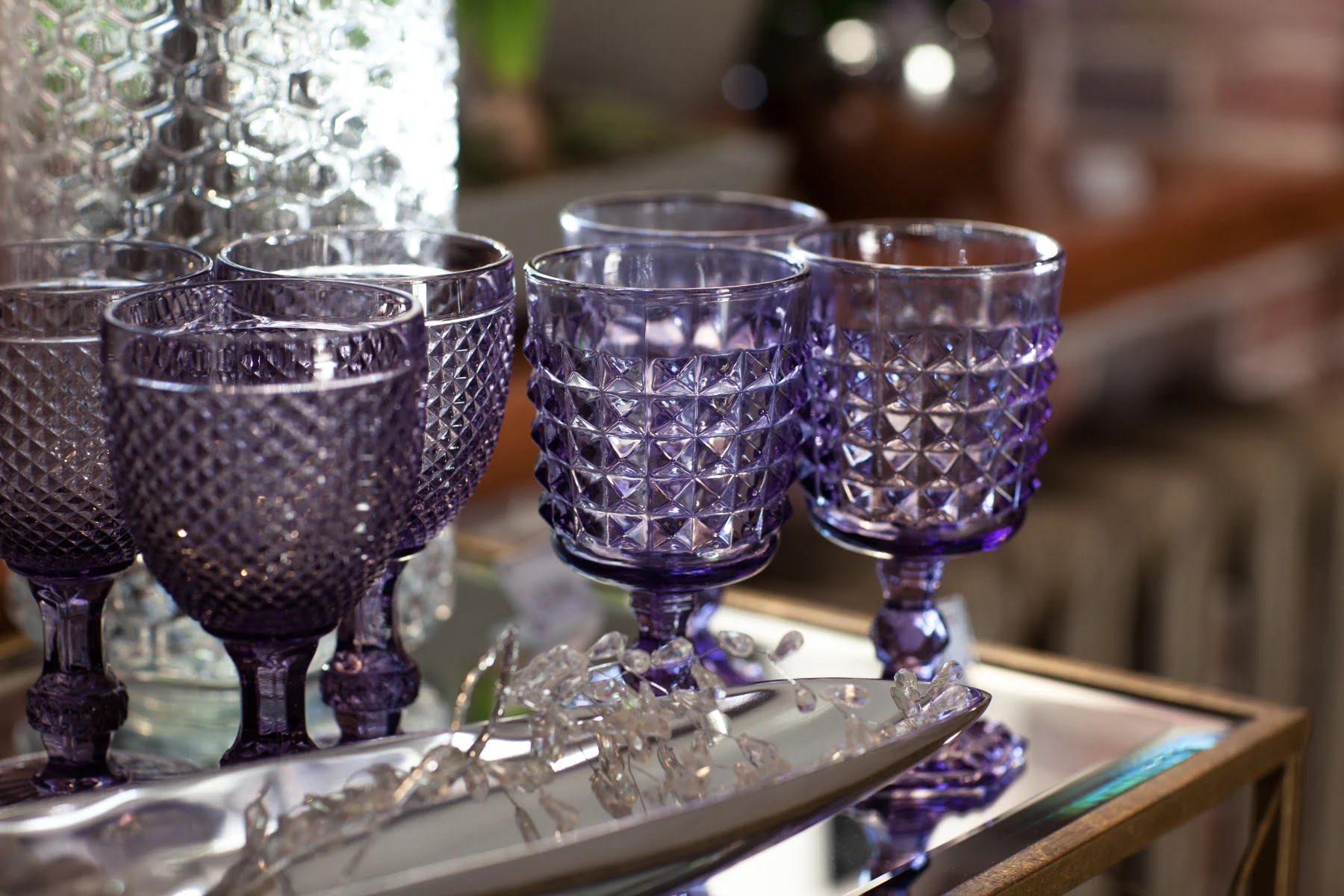
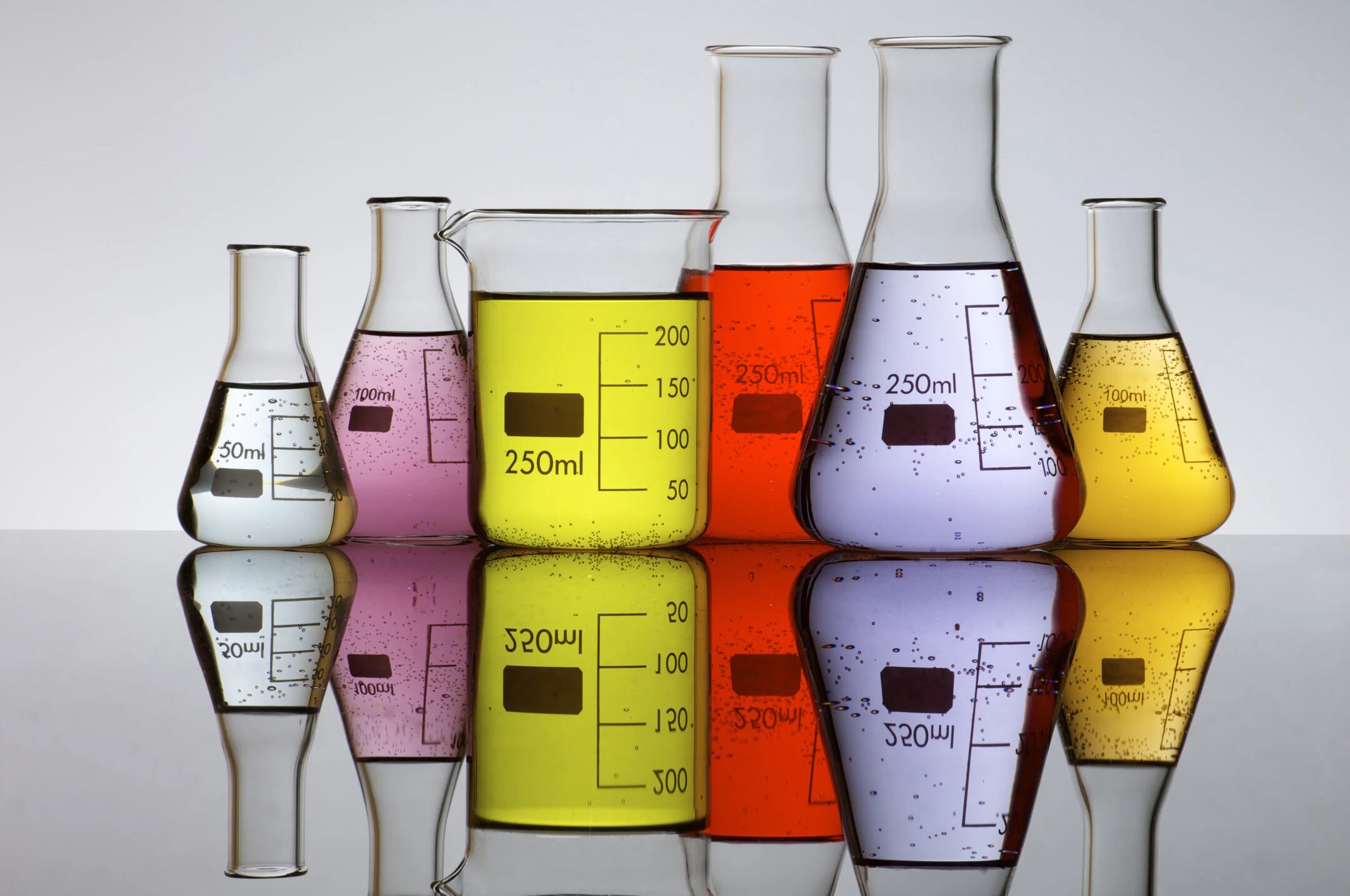

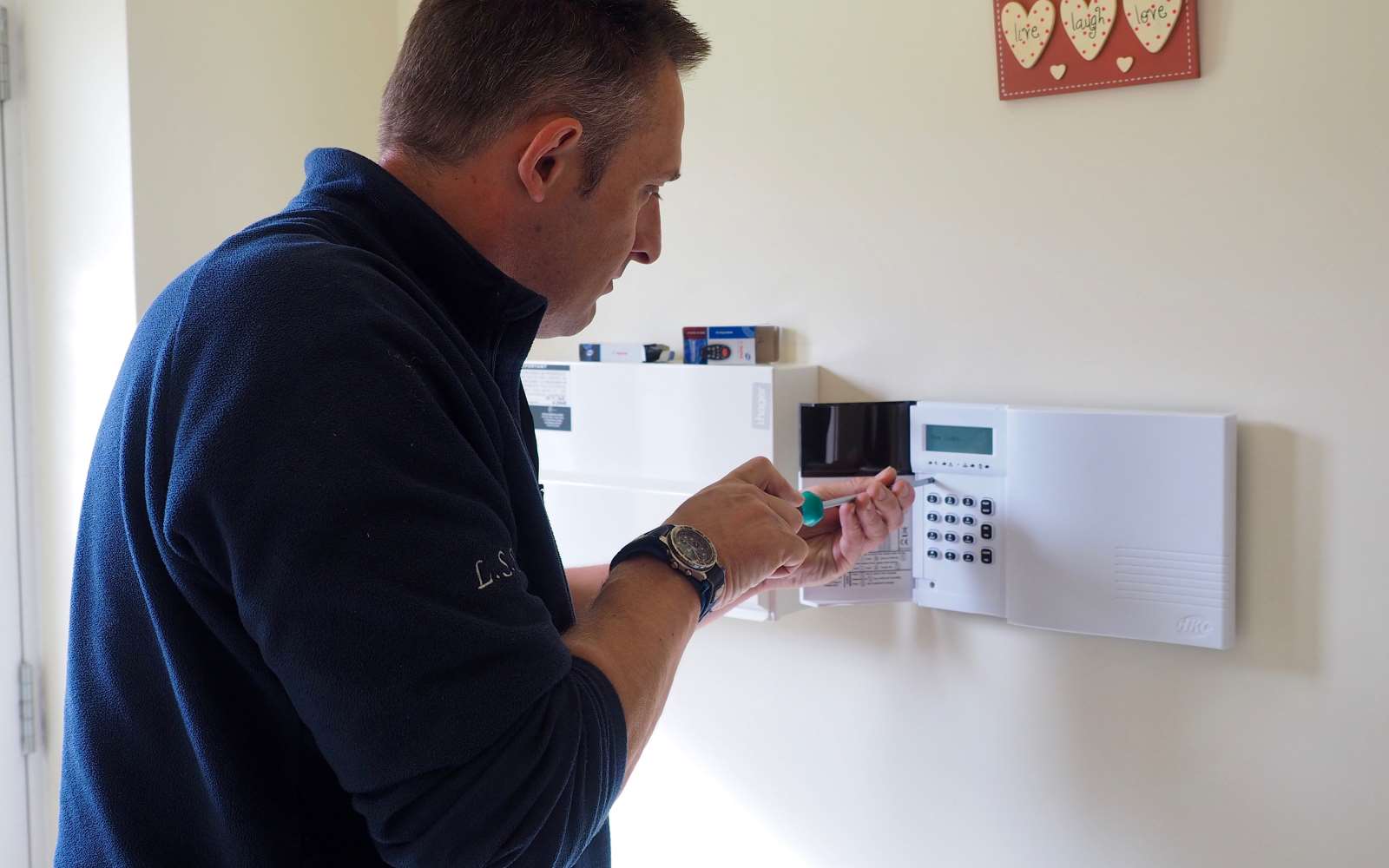
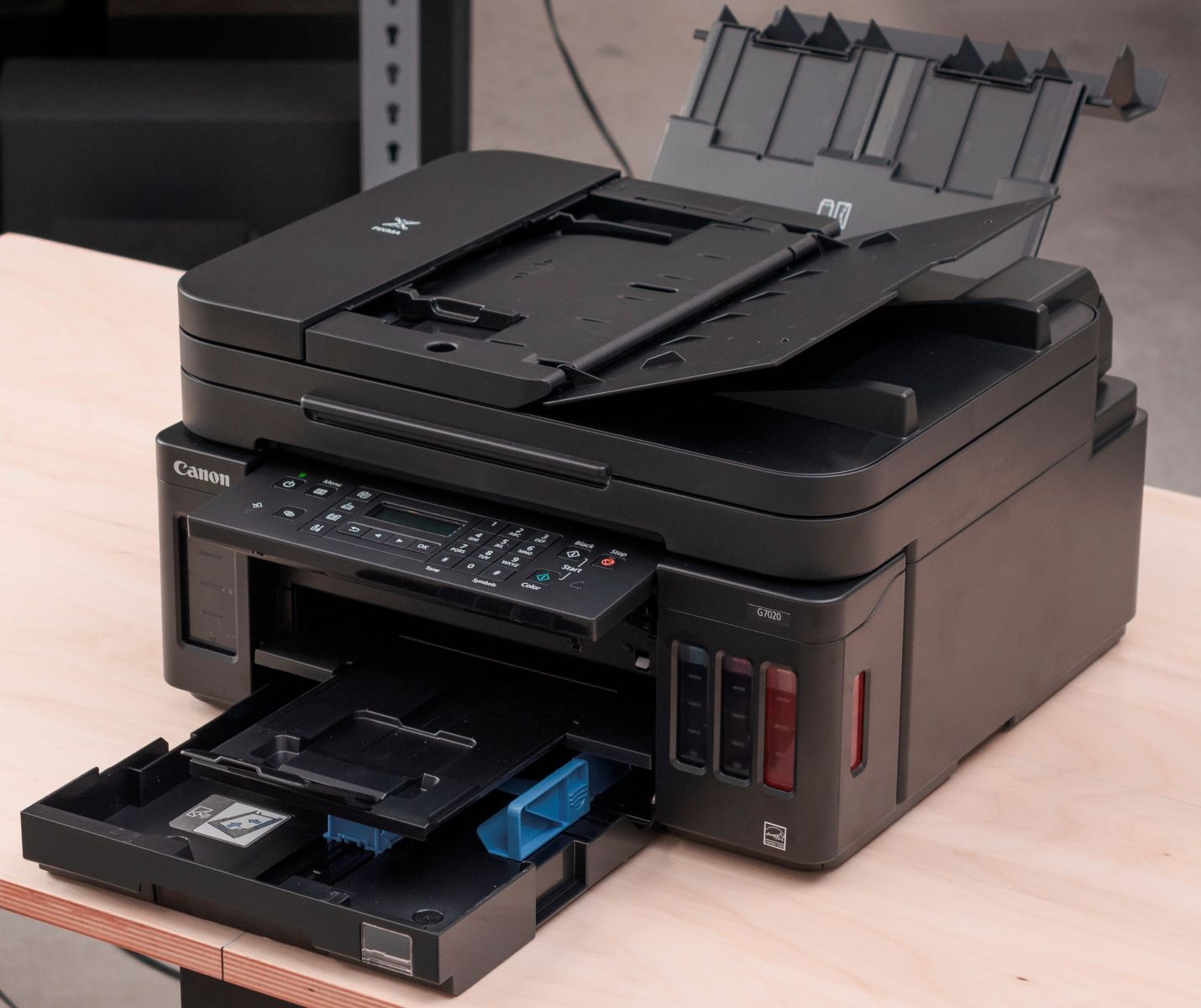

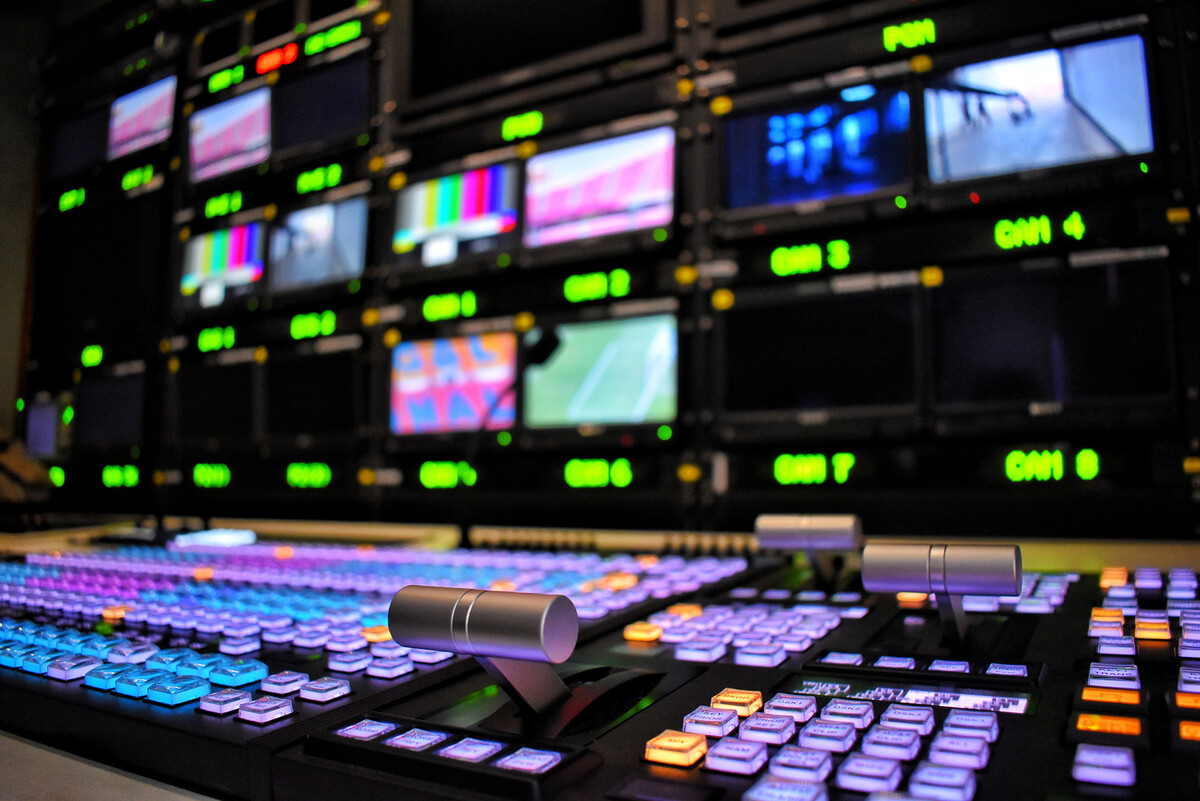
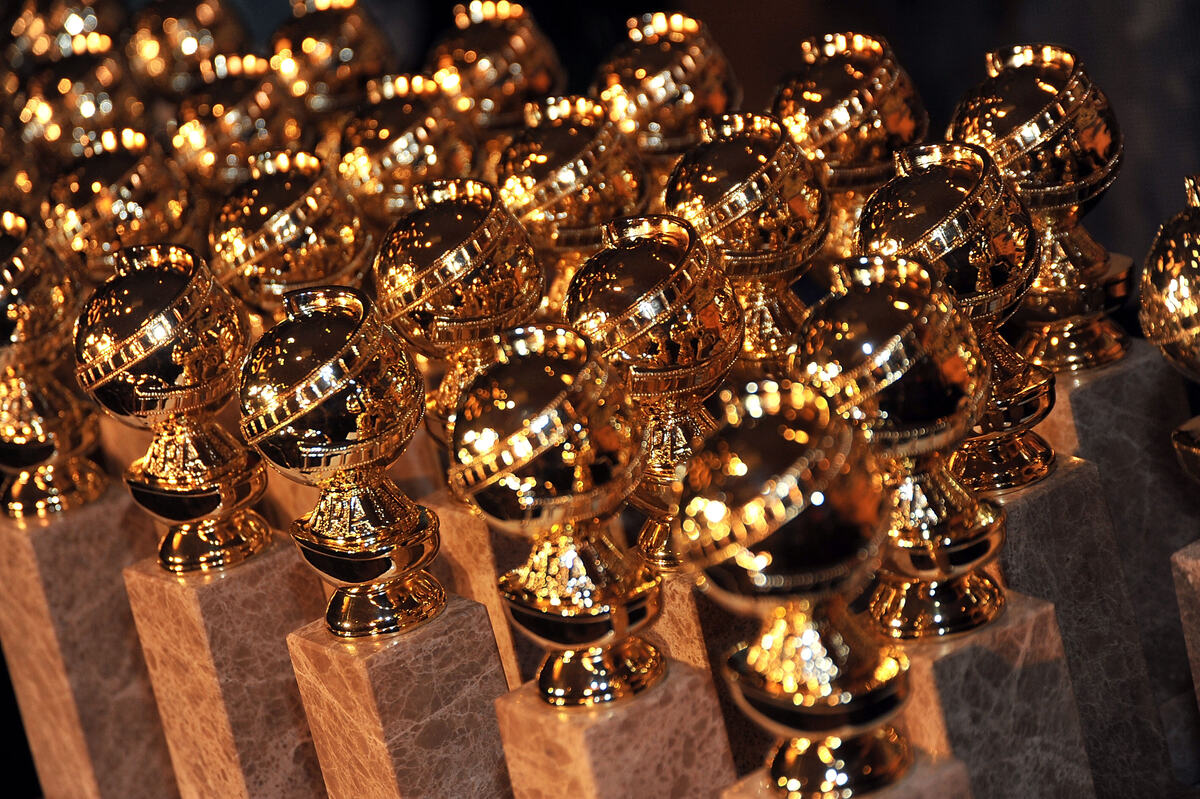
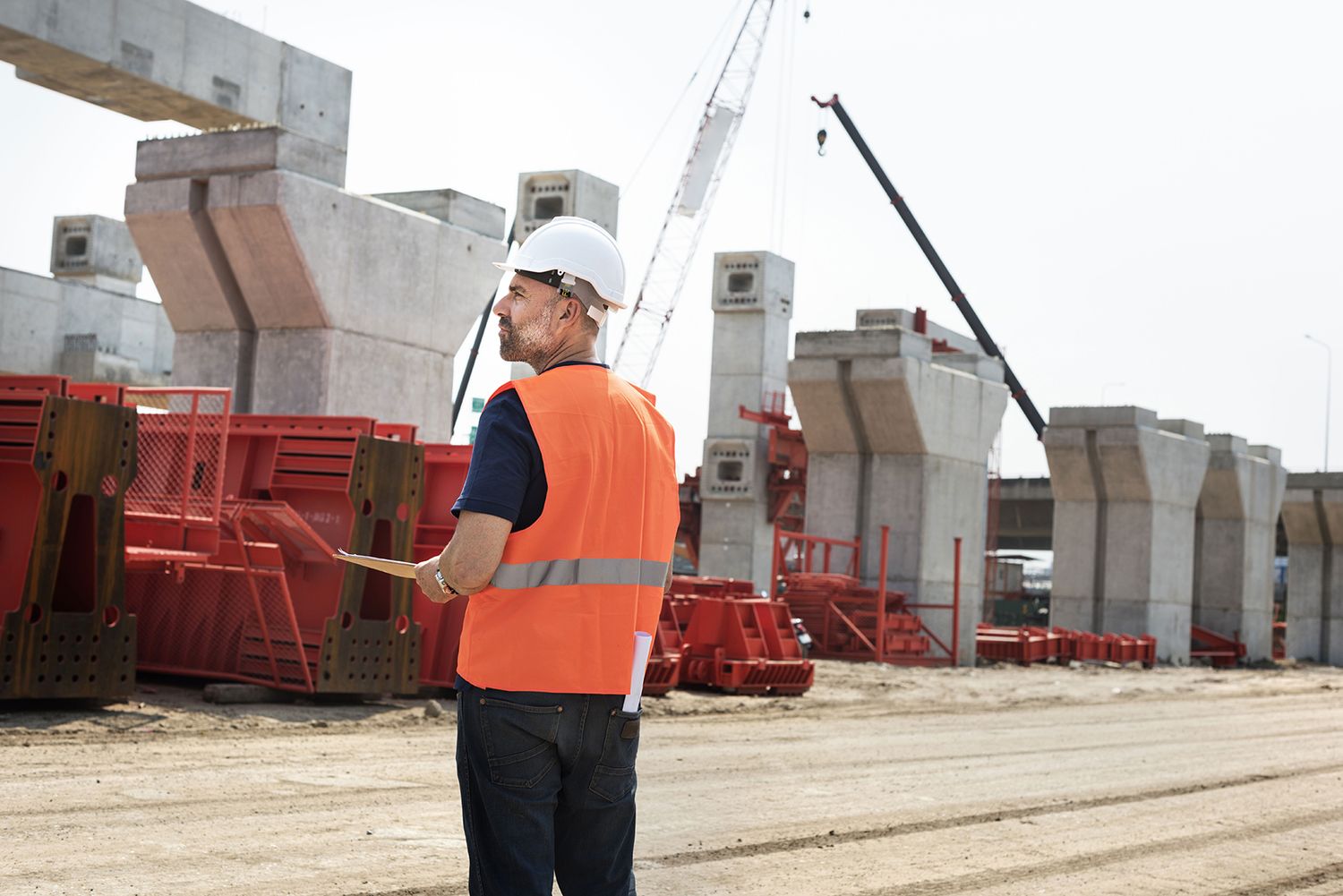
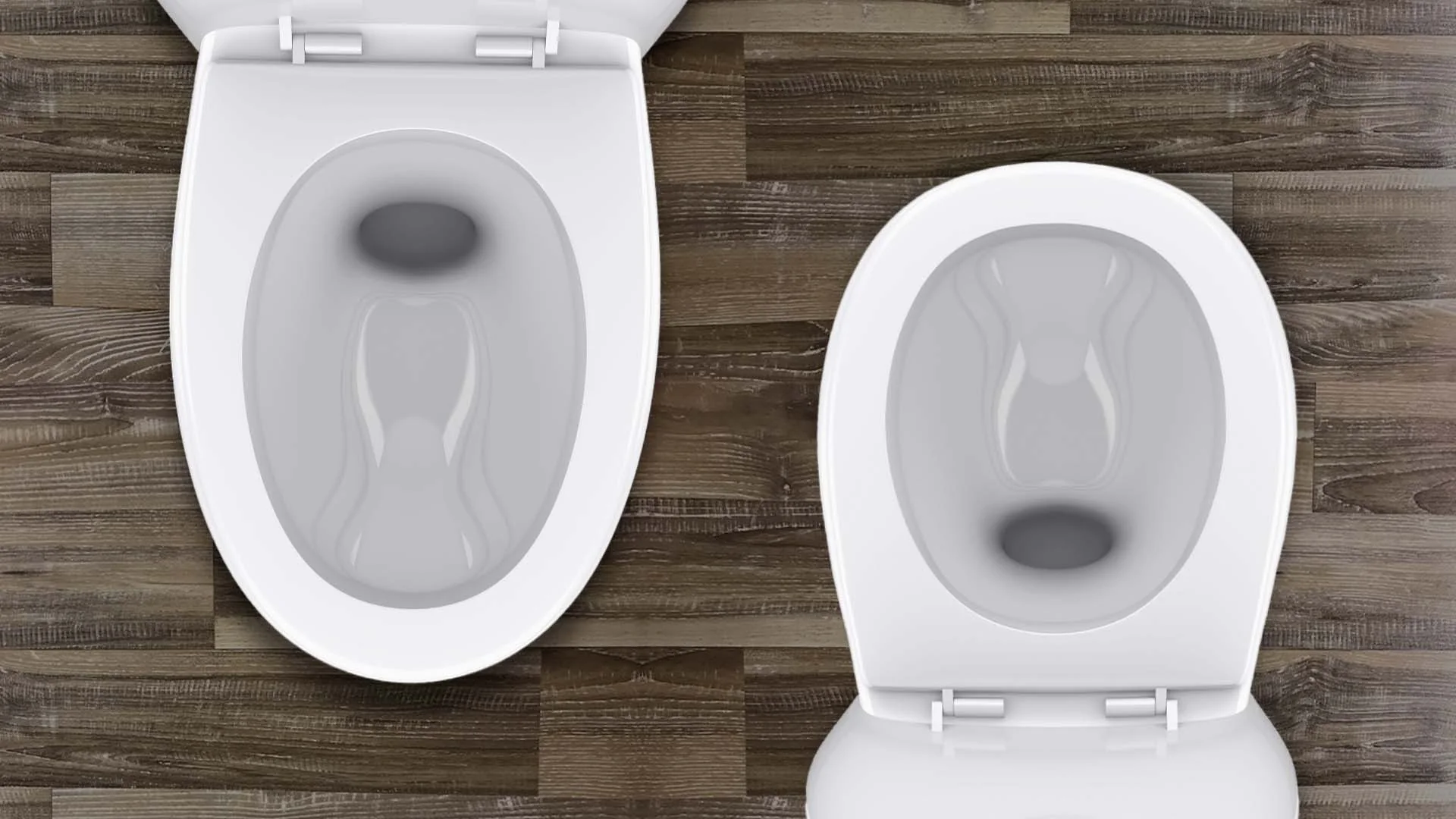
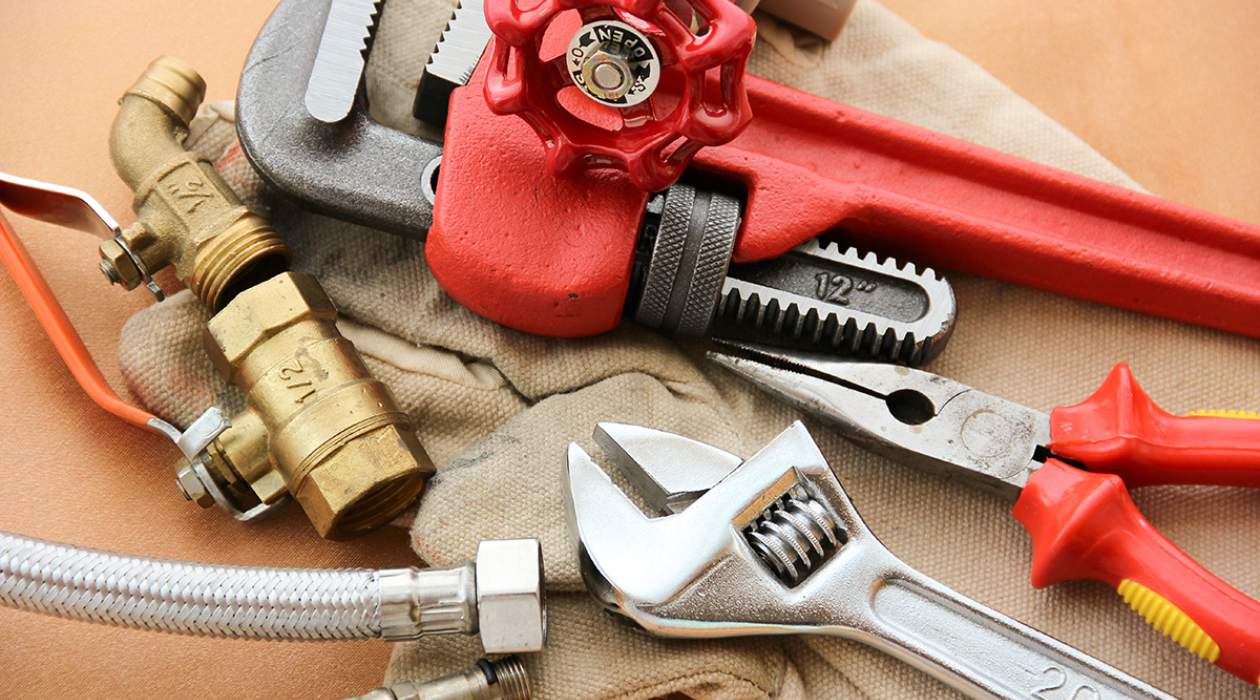



0 thoughts on “Which Glassware Is Most Accurate”